Cat enclosures—also known as “catios” or outdoor cat habitats—are an increasingly popular way to let cats enjoy fresh air and sunshine without the risks of roaming freely. Whether you live in an apartment or have a spacious backyard, cat enclosures come in all shapes and scales. From portable mesh tunnels to permanent backyard structures, the best enclosures match your space, budget, and your cat’s temperament.
This guide introduces a wide range of cat enclosure types, design options, and use cases—helping you decide what suits your cat and lifestyle best. You can insert any of your 25 images alongside these sections naturally.
Why Use a Cat Enclosure?

Outdoor enclosures offer cats many of the benefits of outdoor access—sunlight, breeze, scents, and stimulation—while minimizing danger. They prevent common risks like:
- Traffic accidents
- Fights with stray animals
- Exposure to disease
- Poisonous plants or chemicals
- Getting lost or stolen
They also reduce impact on wildlife by keeping cats from hunting birds and small mammals. For indoor cats, enclosures provide an exciting, healthy change in routine.
Balcony and Window Enclosures for Small Spaces
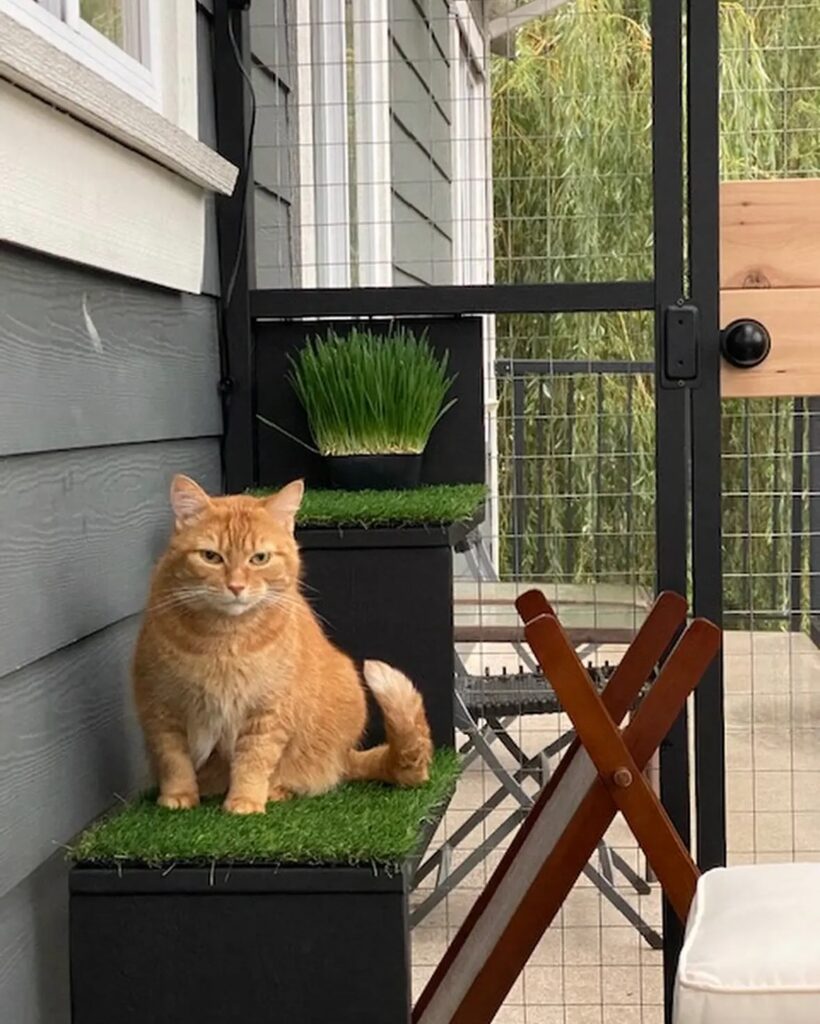
If you live in an apartment or condo, you can still offer your cat a safe taste of the outdoors. Secure balcony enclosures or window boxes let cats lounge in the sun and observe the world below.
Options Include:
- Window-mounted mesh boxes
- Balcony rail enclosures with netting
- Plexiglass window perches with mesh sides
These setups are ideal for city cats and renters—many can be installed without permanent changes to the property.
Portable and Temporary Enclosures
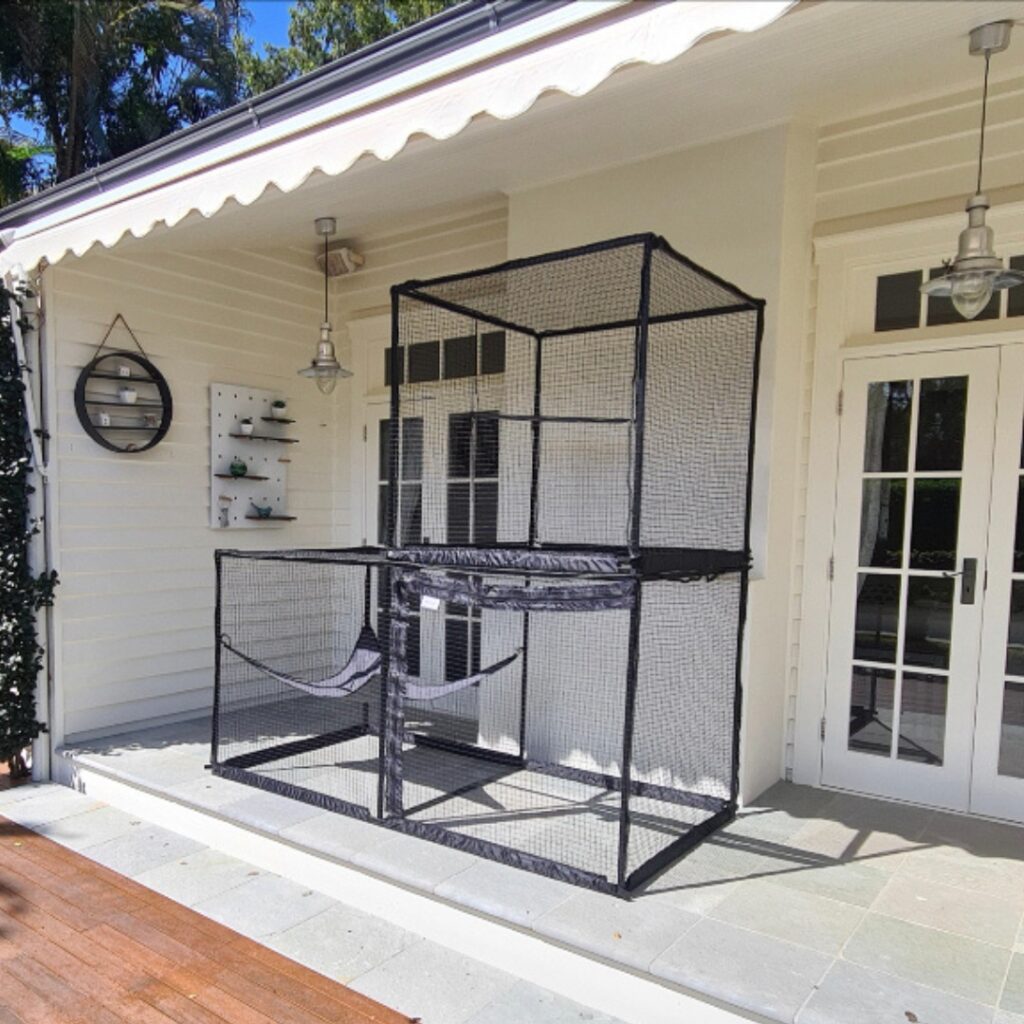
Portable enclosures are a good fit for renters, travelers, or those who want seasonal flexibility. These include pop-up tents, mesh tunnels, or freestanding pens.
Features to Consider:
- Lightweight but durable materials
- Collapsible design for storage
- Ground stakes for stability in outdoor settings
They’re especially useful for giving indoor cats fresh air on patios, decks, or campsites. Some models can connect to pet doors for temporary free access.
Attached Catios for Direct Home Access

A catio (cat patio) is a semi-permanent or permanent structure that attaches directly to your home, often through a window, door, or pet flap. These offer the most freedom with the least supervision.
Popular Features:
- Framed wood and wire mesh construction
- Multi-level platforms and ramps
- Weather-resistant roofs or covers
Some owners build them as narrow “catwalks” along the side of the house, while others go big with room-sized enclosures complete with furniture and greenery.
Walk-In Enclosures for Full-Sized Exploration
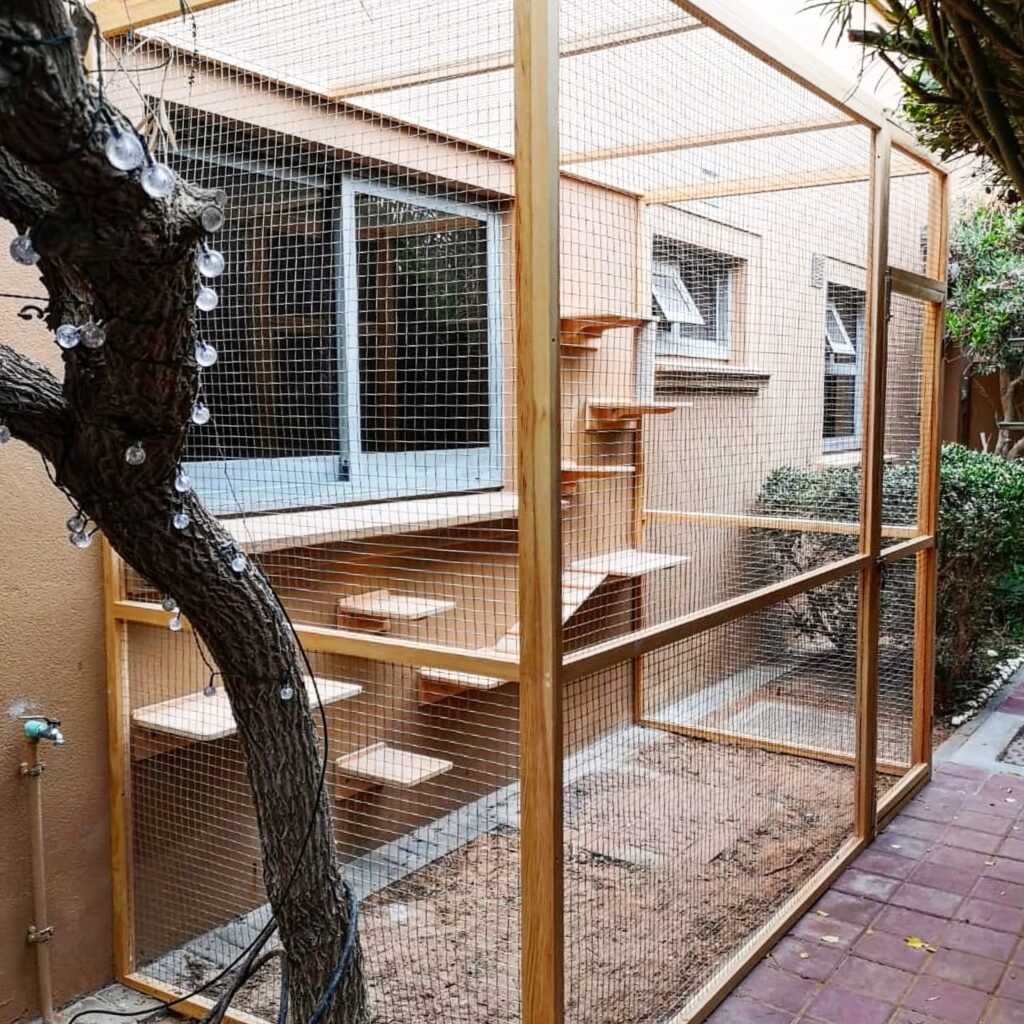
Walk-in enclosures offer plenty of room for enrichment. Cats can climb, run, and rest in areas that mimic natural play environments.
Advantages:
- Room for multiple cats or even humans to enter
- Easier to furnish with scratching posts, tunnels, or plants
- Allows more airflow and natural light
These structures may be built from scratch using lumber and wire or purchased as large kits. They work well in backyards and can double as aviaries or greenhouse spaces.
Modular Enclosures You Can Expand
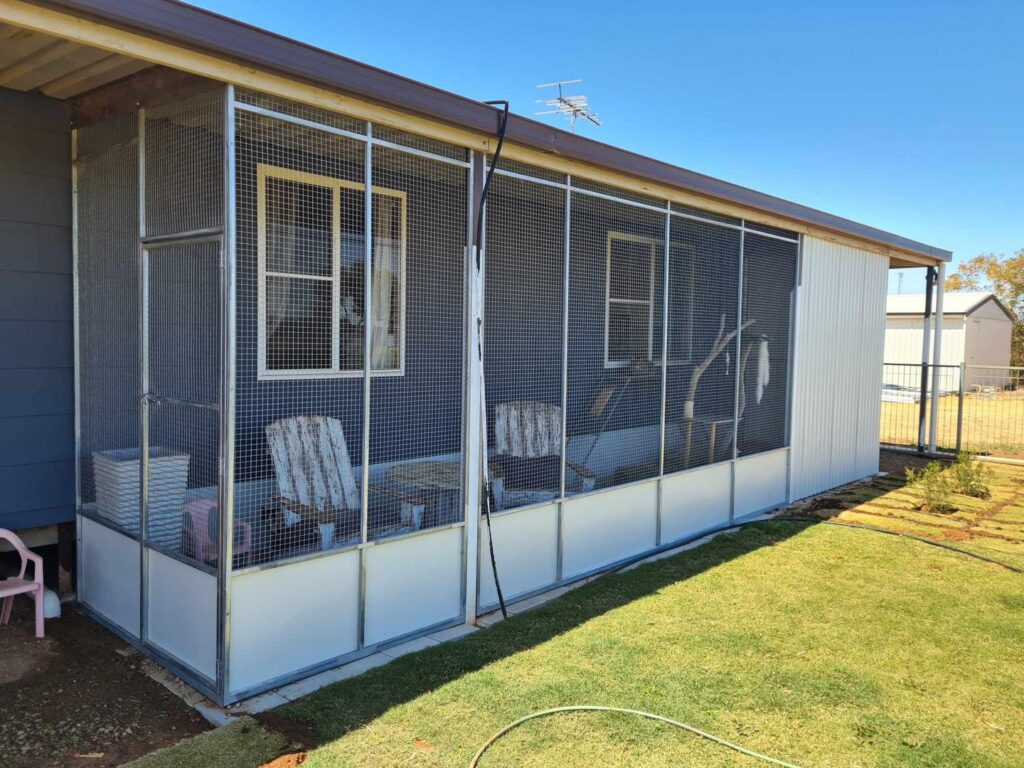
Modular cat enclosures use a panel-based system to allow for future expansion. They’re ideal for people who want to start small and grow the space over time.
Common Components:
- Square mesh panels
- Plastic or metal frames
- Interlocking connectors
Some modular systems let you change the shape and footprint depending on yard layout. They can also be disassembled and moved if needed.
Ground-Level vs. Elevated Designs

Cat enclosures come in both ground-level and elevated designs, and each has unique benefits.
Ground-Level
- Easier to access and clean
- More space for running or rolling in grass
- Better for older or less agile cats
Elevated
- Offers more vertical climbing
- Keeps cats off damp or cold surfaces
- Gives better views of surroundings
Combining levels—using stairs, shelves, or ramps—lets cats choose their preferred height and activity level.
Furniture and Enrichment Inside Enclosures
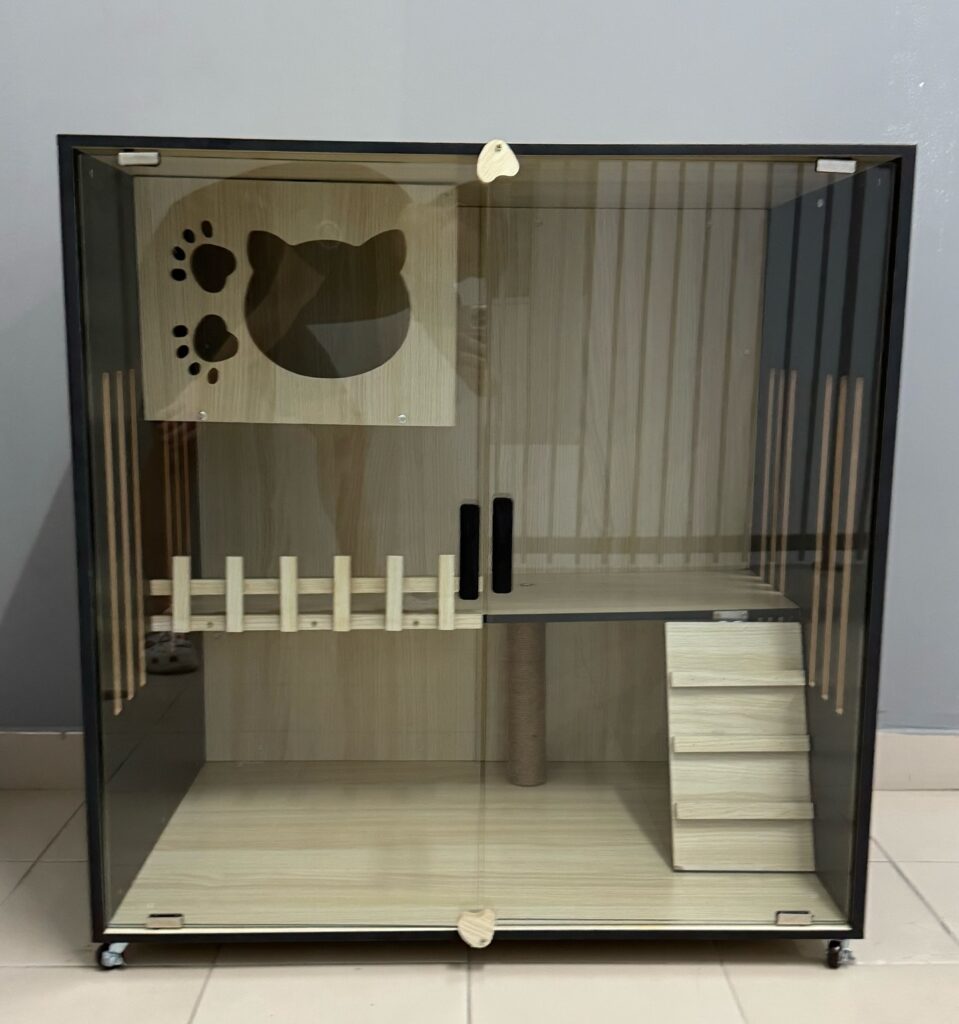
A successful cat enclosure isn’t just a space—it’s an experience. Even simple structures become more valuable with the right additions.
Additions That Make a Difference:
- Ramps and ladders for climbing
- Hammocks and cozy hideouts for napping
- Natural branches or logs for scratching
- Planters with cat-safe grasses
- Bird feeders placed outside (but visible) for entertainment
Rotate furniture or change layouts occasionally to keep the space interesting.
Materials and Safety Considerations
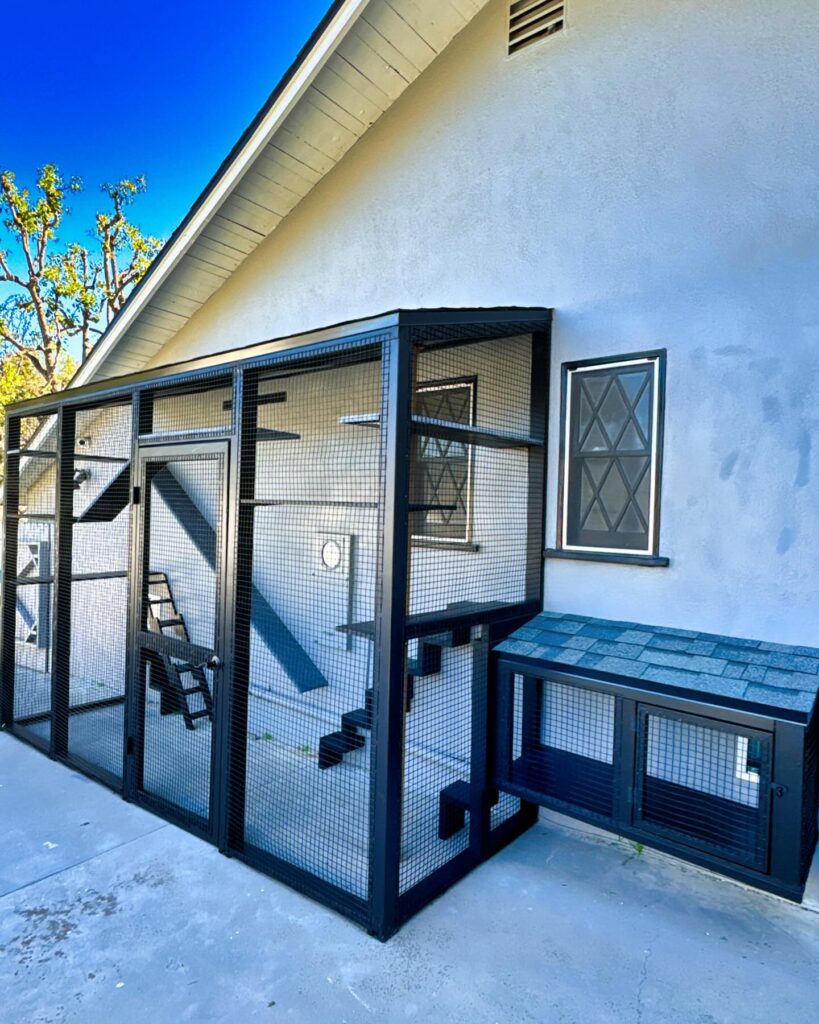
Whether building or buying, the safety of the materials and design is critical.
Best Practices:
- Use galvanized or powder-coated wire (not chicken wire)
- Avoid gaps larger than 1.5 inches
- Check all edges for sharp points
- Include shade and shelter from weather
- Ensure ground surfaces drain well or stay dry
Locking mechanisms should be secure but easy for humans to operate. All hinges, latches, and fasteners must resist rust and wear.
Custom vs. Prefab Cat Enclosures
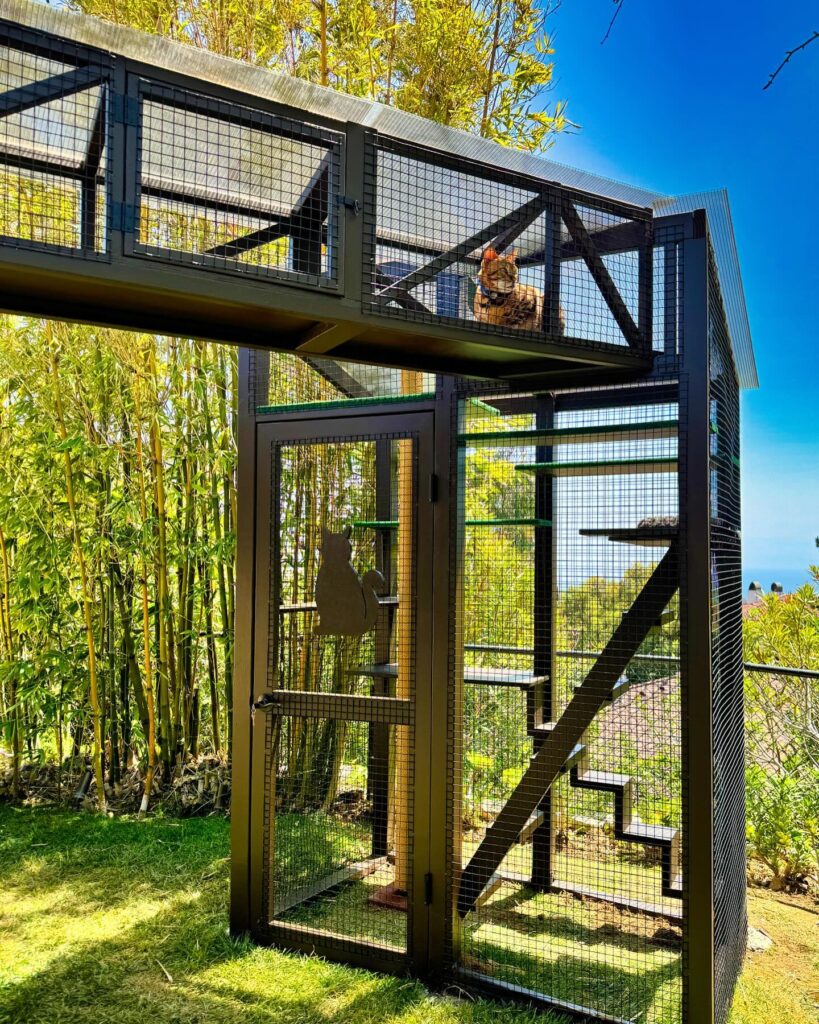
There’s no one-size-fits-all answer—some people enjoy DIY building, others prefer ready-to-install kits.
Custom Builds
- Tailored to your home and yard
- Freedom to use reclaimed or eco-friendly materials
- Usually more affordable if you have tools and skills
Prefab Kits
- Save time and planning
- Often easier to maintain or expand later
- Come with instructions, and many are modular
The best choice depends on your available time, budget, and skill level.
Seasonal Use and Maintenance
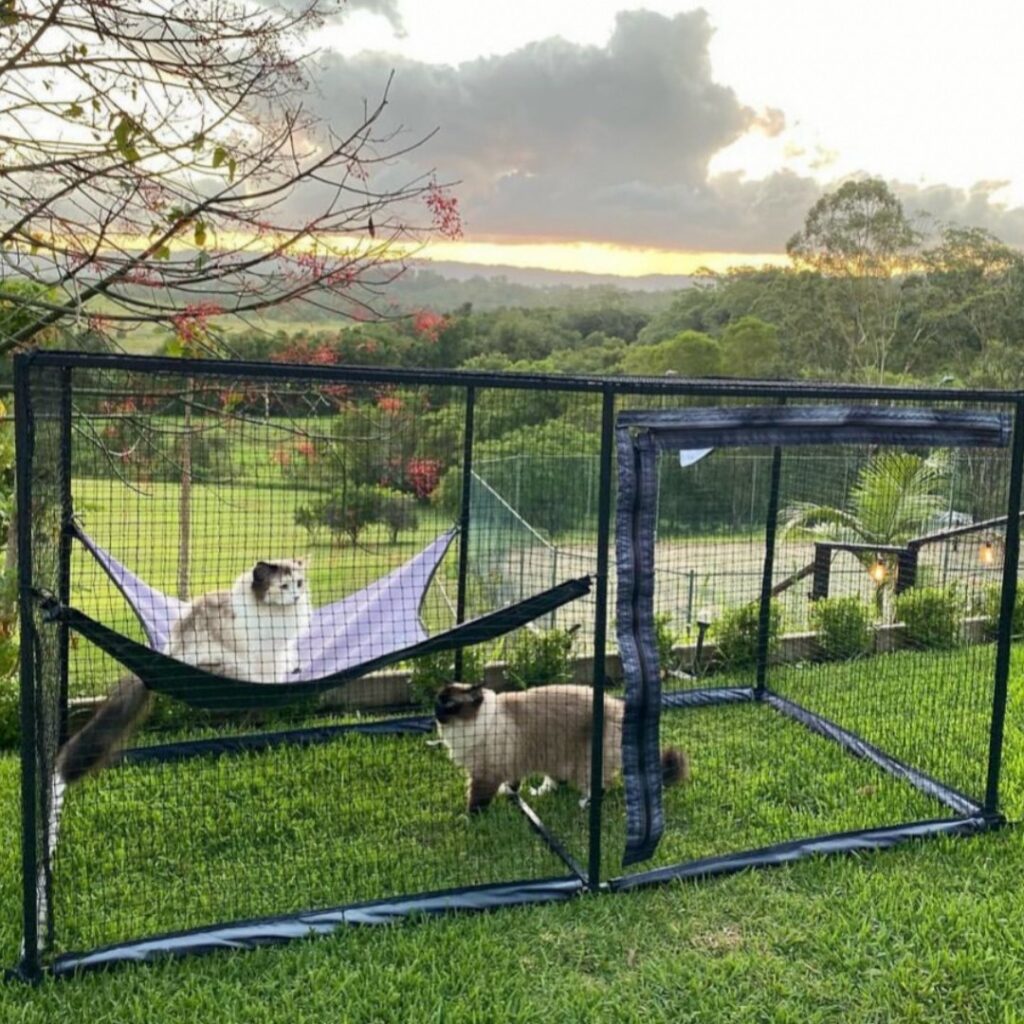
Enclosures require periodic upkeep, especially in outdoor environments.
Tips for Longevity:
- Check mesh for wear or rust
- Clean litter areas and bedding
- Sweep leaves or debris
- Adjust shade and insulation depending on season
If you live in a snowy area, consider a sloped roof or wind barrier. Summer setups might need extra ventilation and shade cloth.
Choosing the Right Enclosure for Your Cat
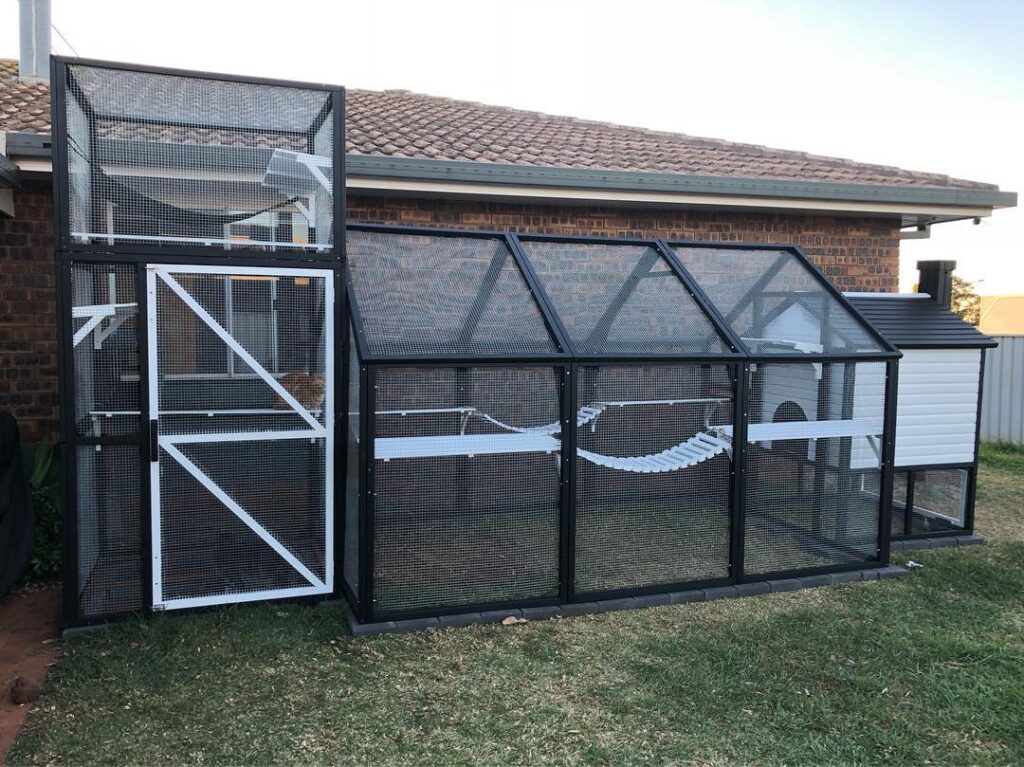
No two cats are the same. Think about your cat’s age, energy level, and habits when choosing an enclosure.
- Curious climbers: will benefit from vertical elements
- Older or disabled cats: need wide, stable ramps
- Shy cats: appreciate secluded corners and hiding spots
- Multiple cats: require space to avoid territorial conflict
Start with something manageable, then expand based on how your cat uses the space.
More Ideas:
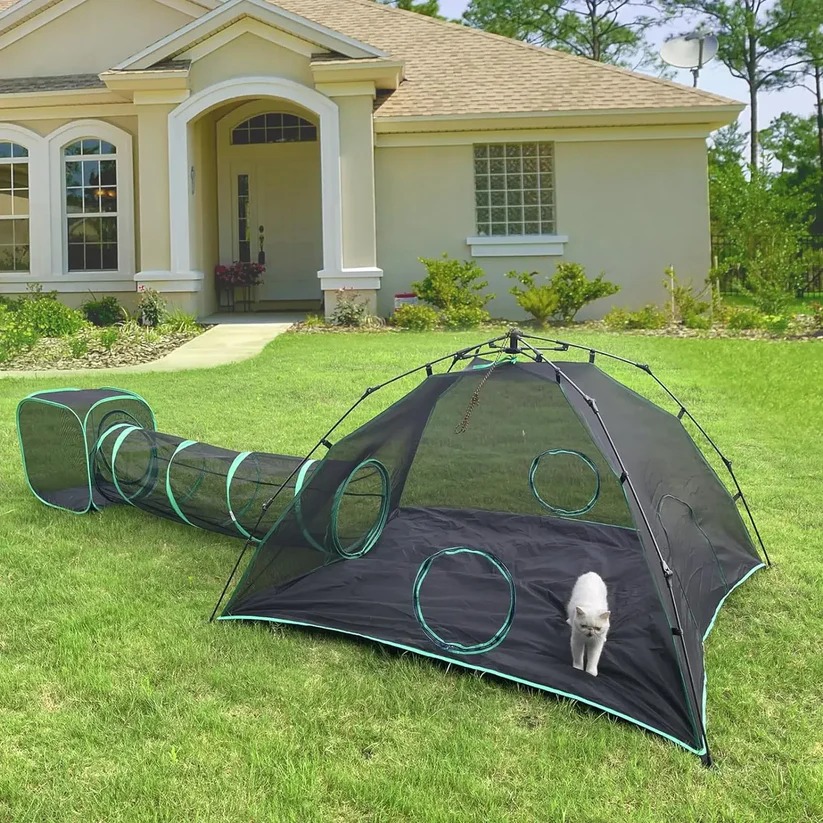

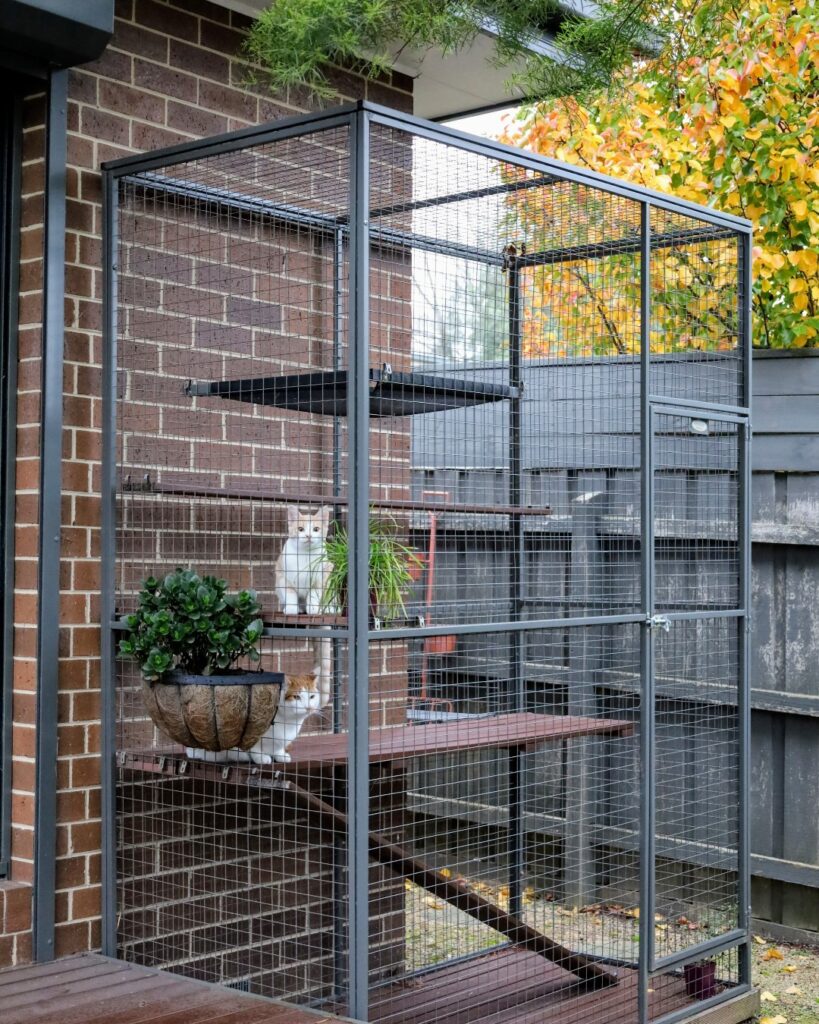
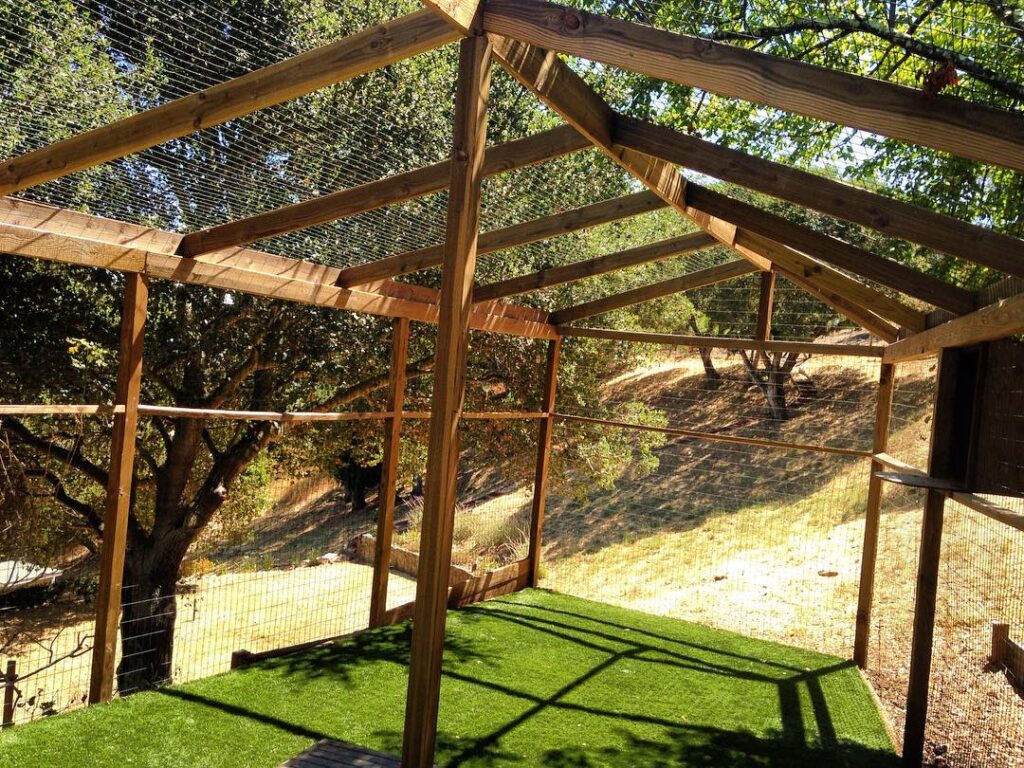

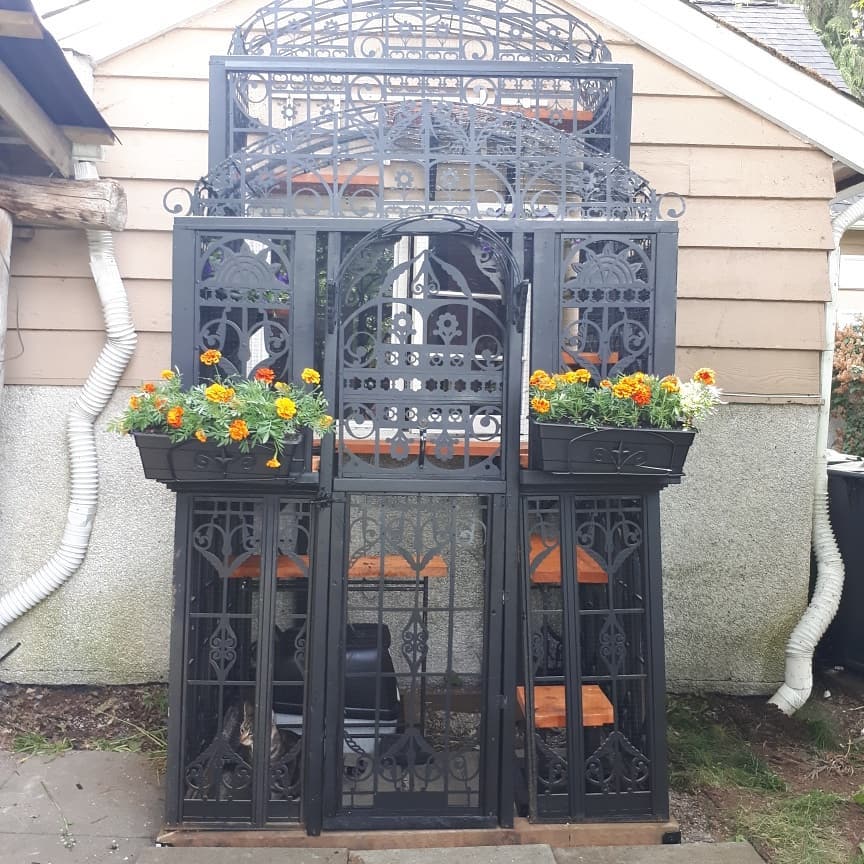
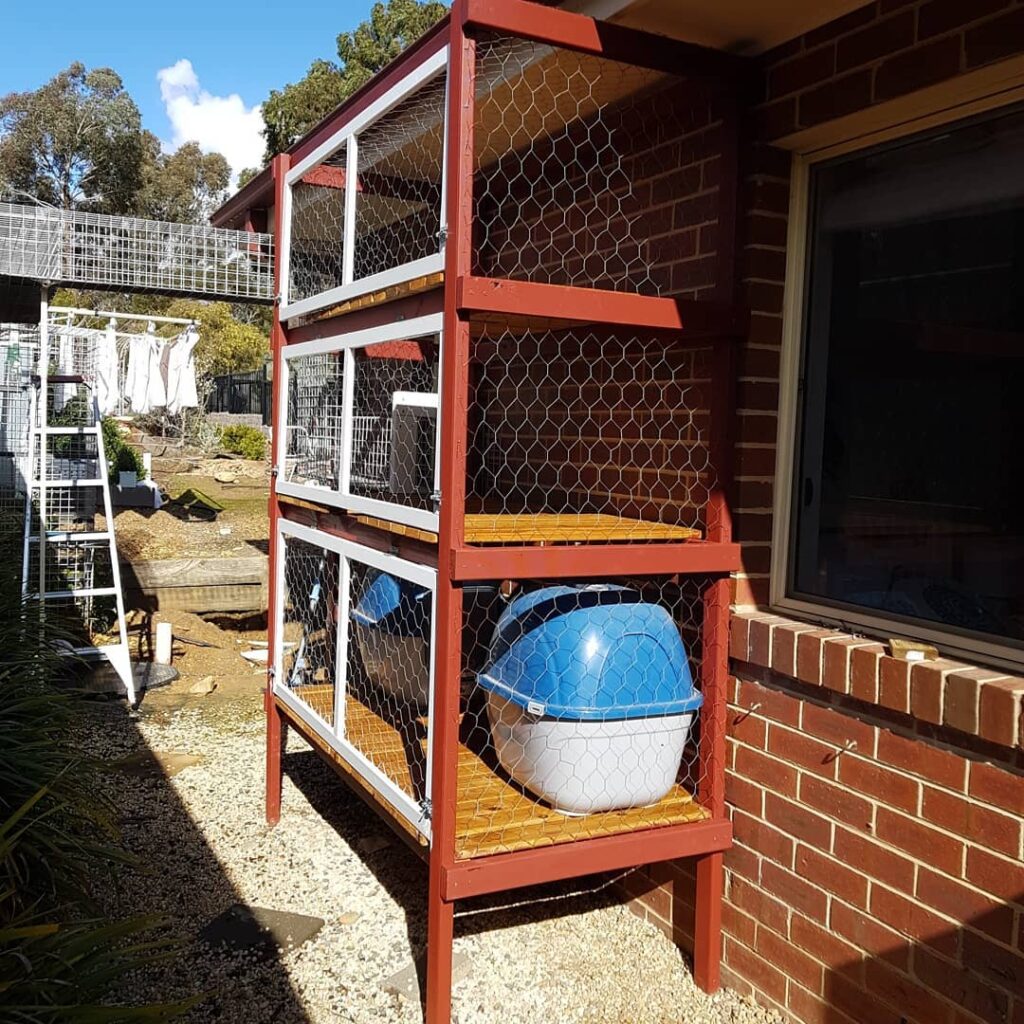
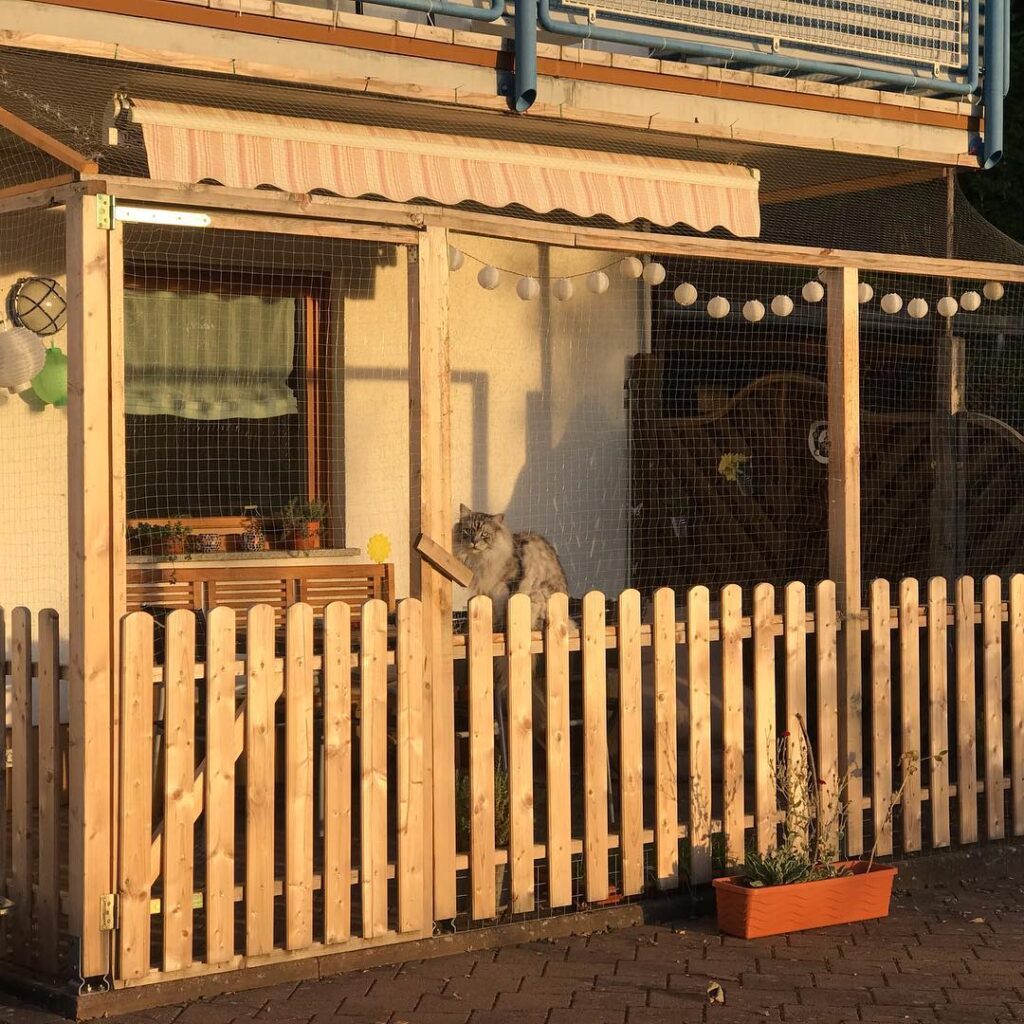

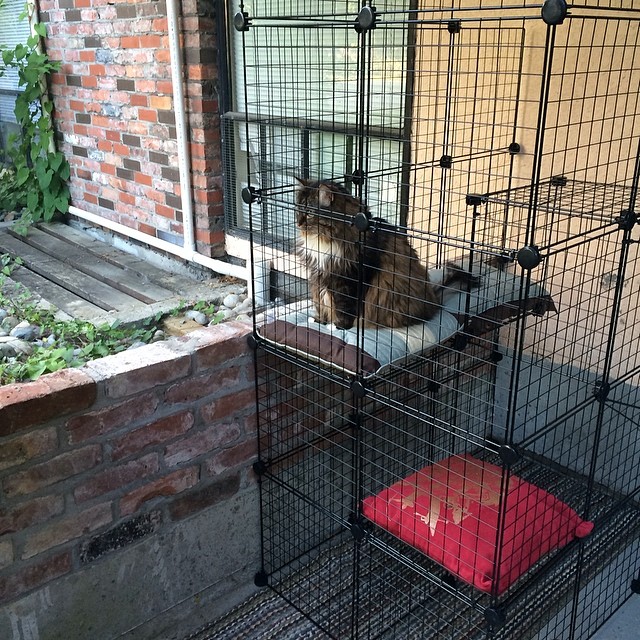
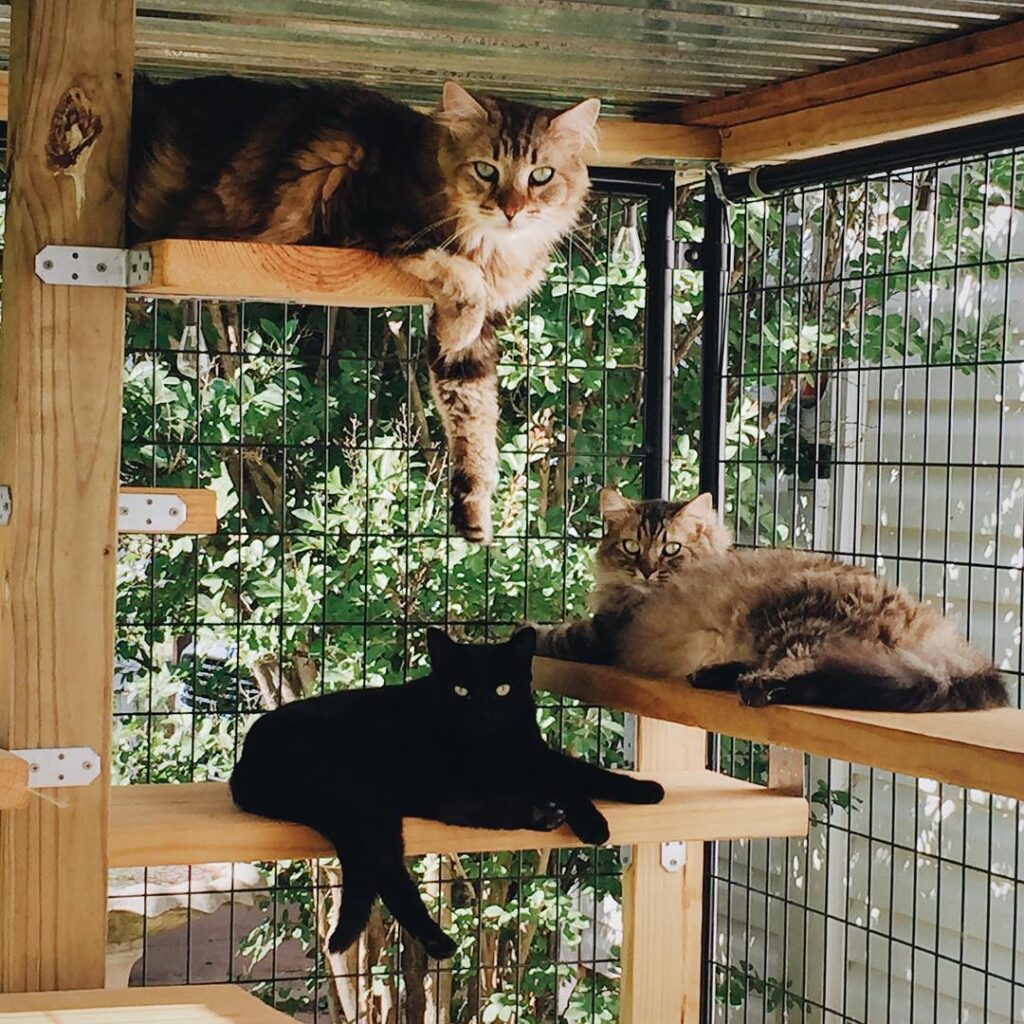
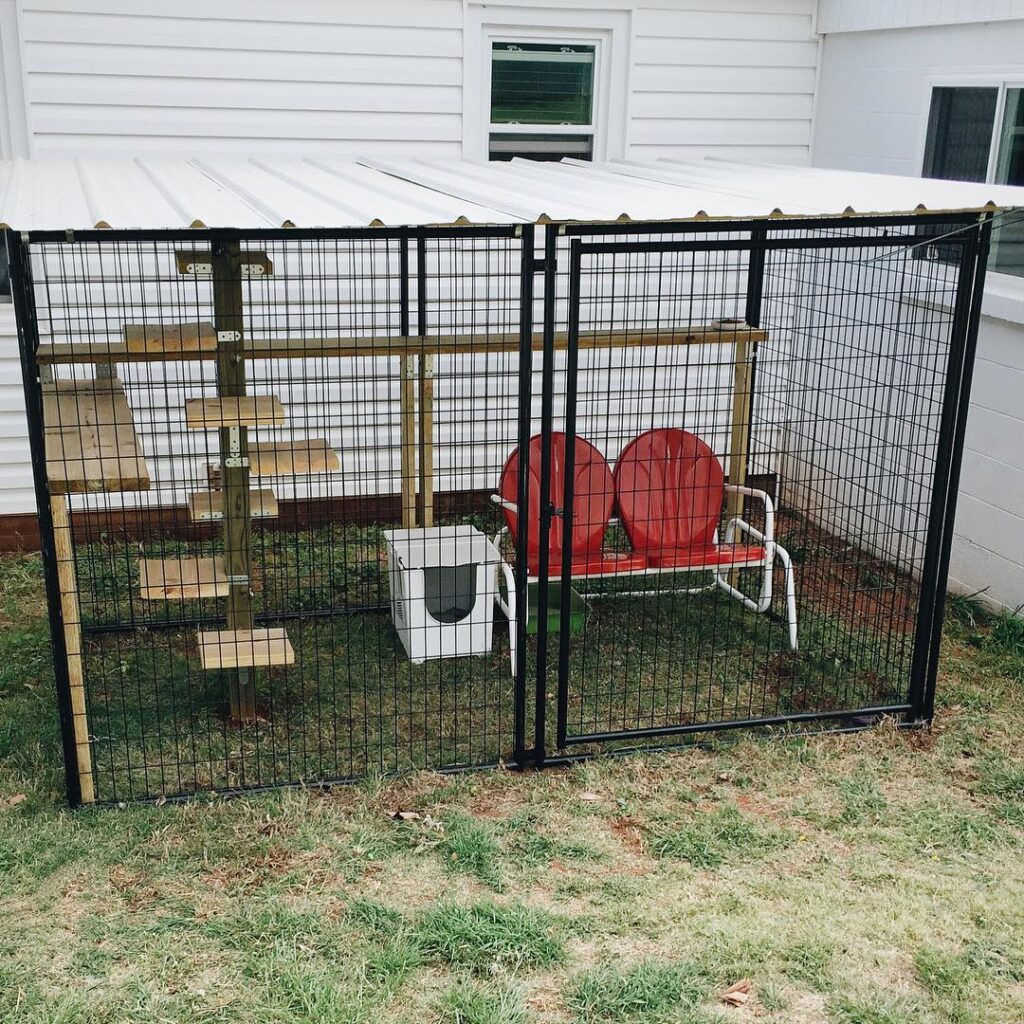

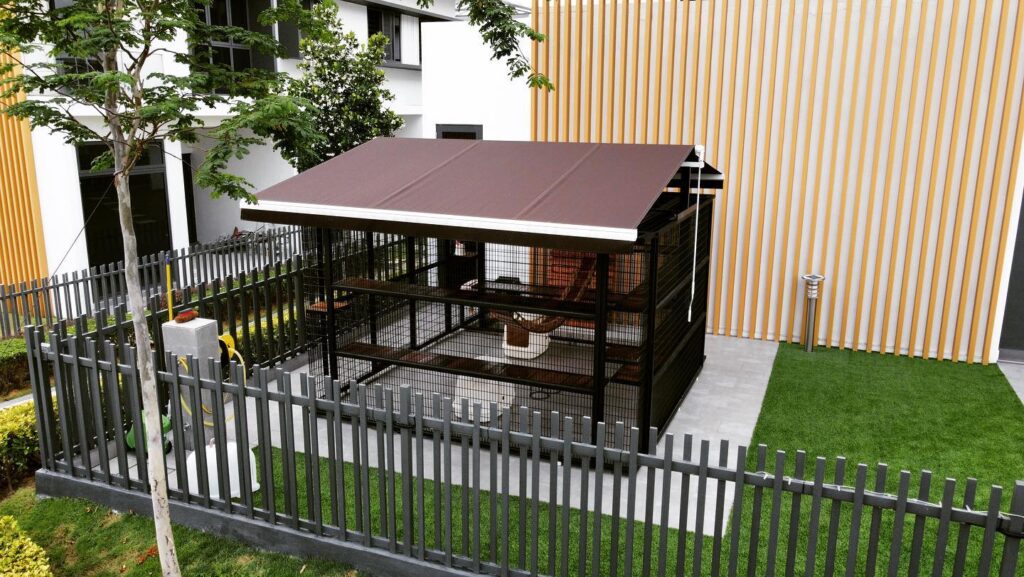
Final Thoughts
Cat enclosures give pets a safe way to experience the outdoors, stimulate their senses, and get exercise without risk. From small window boxes to spacious garden catios, there’s a design to suit any space or lifestyle. With thoughtful layout and regular use, an enclosure can become your cat’s favorite part of the day—and a creative extension of your home.


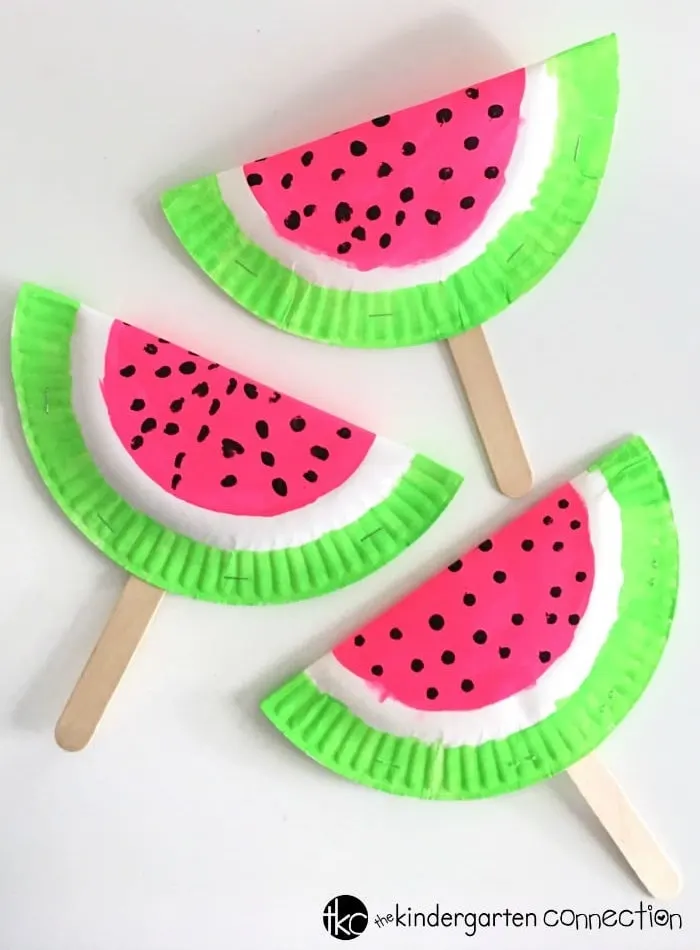
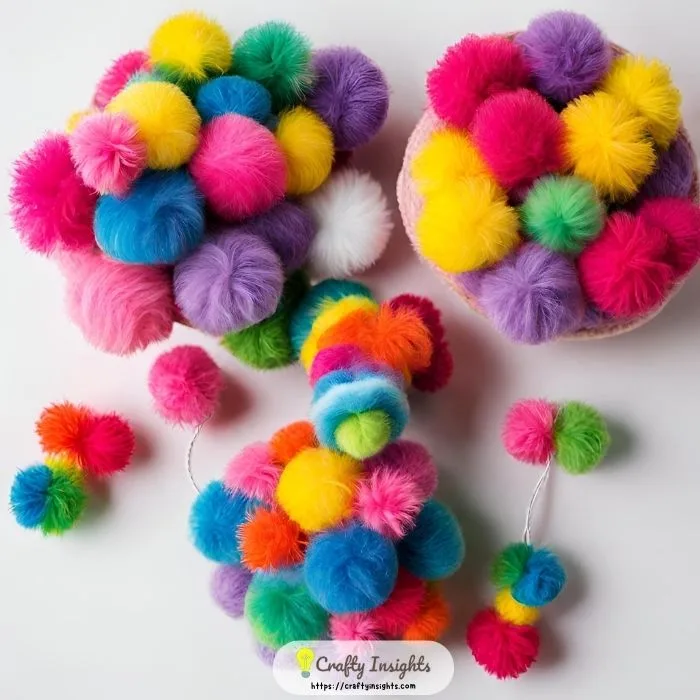
Leave a Reply